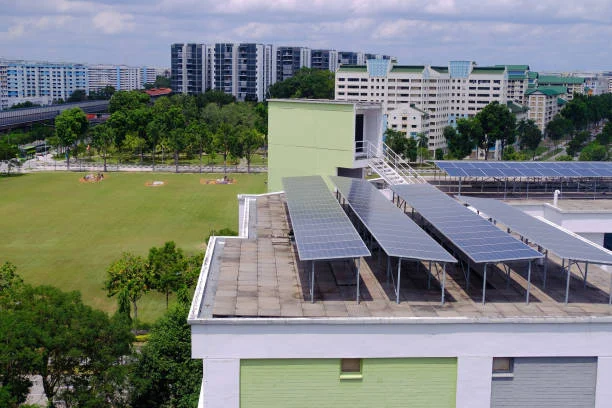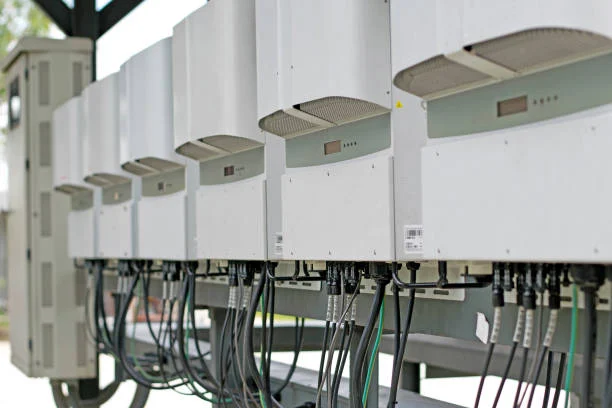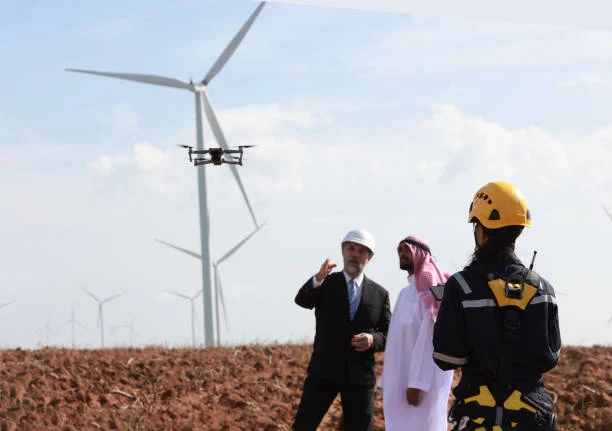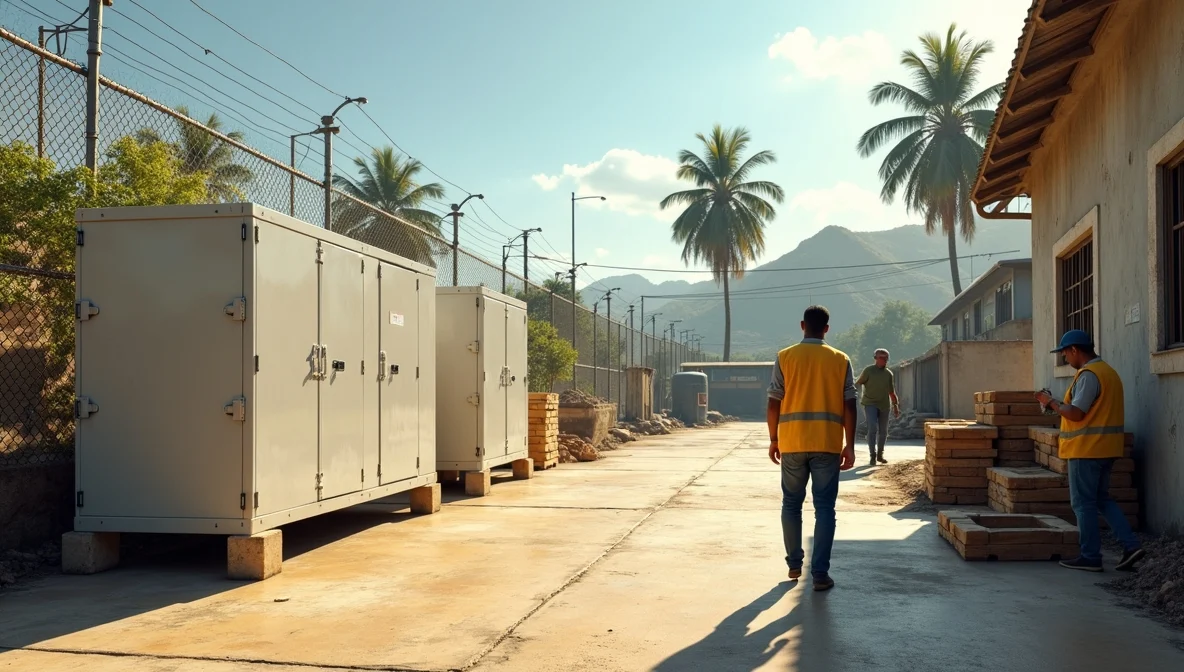2025-04-28
Meta description: Discover how Singapore's Energy Storage Infrastructure is transforming renewable energy adoption, from utility-scale ESS projects to Huijue's SkyPower 550 cabinets, in favor of grid resilience and solar integration.
Singapore's Energy Storage Infrastructure is growing at a tremendous pace to address the city-state's unique constraints—limited land, high energy consumption, and ambitious decarbonization targets. Singapore aims for 2 GW-p worth of solar installations by 2030, sufficient for the consumption of around 350,000 homes but integration with intermittent renewables is problematic. To bridge the gap, the Energy Market Authority (EMA) has intervened with innovations like ACCESS and backed initiatives ranging from Southeast Asia's largest battery farm to pilot trials for floating energy storage. At the same time, game-changing products such as Huijue's SkyPower 550 Energy Storage Cabinet are intelligent, high-performance and efficient ones with simpler installation in space-constrained applications. All these combined strengthen the grid, enable higher solar PV penetration, and provide the basis for regional energy imports, a milestone for Singapore to power its clean-energy future.
Singapore's geography makes large wind farms or hydropower impossible; solar PV is the only major local source of renewables. Solar electricity, however, varies hour by hour and season by season, and backup power plants are needed to balance the grid. Without storage, excess sunshine in the middle of the day may be wasted, and evening peak demand can cause brownouts.
Energy storage systems (ESS) bank excess power and deliver when needed—critical to flatten the "duck curve" and ensure stability. From lithium-ion batteries to innovative flow-battery technologies, ESS enables Singapore's grid modernization.
Accessing Energy Storage for Singapore (ACCESS) programme, led by EMA, accelerates ESS deployment via site searching, business-model experimentation, and regulation. Red tape is circumvented through public-private partnership, as pilot deployment accelerates.
Huijue's SkyPower 550 Energy Storage Cabinet is the pinnacle of containerized modularized ESS for ease of deployment and flexibility:
With midday solar excess storage, ESS smooths output, allowing developers to plan PV installations without grid-curtailment issues. Pilot BESS tests confirm up to 15 % more solar use with storage addition.
ESS projects make VPP schemes possible, integrating distributed storage and solar for ancillary services—frequency regulation, spinning reserve—enhancing national grid resilience.
Against looming giant importations in Australia and Indonesia, ESS is the binder glue—piecing together disparate cable intermittent streams and adding multi-region grids.
Cost and technology vs. cost vs. value are discussed but not achieved.
Personally, I ask myself: can storage be as pervasive as solar panels on rooftops? With technology moving at light-speed, that dream does not seem so impossible. Because after all, energy storage can be the discreet guardian that makes Singapore's solar dreams a 24/7 reality.

Assessing Singapore’s Energy Storage Infrastructure Contribution to the Promotion of Renewable Energy Growth

Inverter Innovations in Kazakhstan: Powering the Nation’s Energy Transition and Sustainability Goals

Container Energy Storage Solutions: Enhancing Jordan’s Grid Stability Amid Policy Shifts

Hybrid Energy Systems in Jamaica: A Sustainable Solution for Energy Independence

Hybrid Energy Systems in Jamaica: A Sustainable Solution for Energy Independence